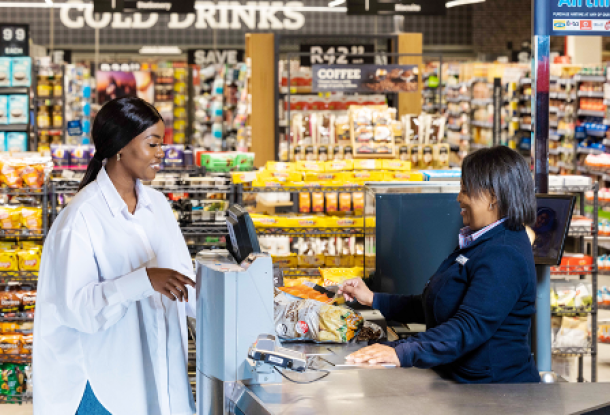Retailers need to prioritise mobile, omnichannel strategies for B2B growth
Frost & Sullivan's analysis, Future of B2B Online Retailing finds that prioritising mobile and omnichannel strategies will augment growth opportunities in B2B online retailing market.
The report predicts that online B2B transactions of manufacturers are expected to reach $3.68 trillion in key economies like the US, China, UK, Germany, and Japan by 2025. Web-only features such as digital sales platforms, instant customer reach, cross-border accessibility, innovative fulfilment and website compatibility (mobile and other platforms) will drive this predominantly.
Online B2B retailing is on the brink of disruption. In order to remain competitive, increase visibility among other stakeholders, and build strong software and infrastructure services, retailers will need to prioritise mobile and omnichannel strategies. They should also invest in B2B customer experiences, by delivering personalised services through a focus on hypermarkets, assistive selling and omnichannel presence.
In addition, the study examines online sales in the manufacturing industry and classifies the B2B relationships and working models. It focuses on techniques needed to improve the efficiency of online operations as well as customer services to enhance future growth opportunities. Profiles of B2B success cases are also provided.
“The B2B e-commerce market is becoming more complex in the large online environment, as speed of delivery and user experience emerge as critical factors. The use of innovative technology and personalised unique solutions are now key service differentiators,” explained Frost & Sullivan visionary innovation group research associate Vidhya L. Ved. “Companies must rethink their strategies and devise more agile models that leverage economies of scale while meeting customer demands.”
China will lead world
From a regional perspective, China will become the world leader in the B2B e-commerce market with $1.25 trillion in sales by 2025. China’s above average adoption can be attributed to overcoming hurdles associated with legacy technology and systems as well as the success of homegrown B2B marketplaces, such as Alibaba and JD.com, which have automated the process for many small and medium-sized enterprises. Other noteworthy regional developments include:
• Strong growth from the US - the current leader in the market with $0.75 trillion in sales;
• Prioritising the development of a B2B e-commerce marketplace in the US;
• Commitment to new technologies and embracing open-source solutions by European businesses, especially in Germany; and
• Integrating with third-party vendors such as the local leader, Rakuten, in Japan
“B2B growth strategies clearly need to incorporate the innovations from business-to-consumer models into their websites to match increasing demands and expectations of business buyers,” noted Ved.
“The retail giants, such as Alibaba and Amazon, are providing services such as enhancing the purchase journey through their cloud-based platforms, providing unique product differentiation through innovation, increasing product choices, and offering competitive prices. These strategies will continue to shape the future of B2B e-commerce.”
News Category
- International retailers
- On the move
- Awards and achievements
- Legislation
- Wine and liquor
- Africa
- Going green
- Supplier news
- Research tools
- Retailer trading results
- Supply chain
- Innovation and technology
- Economic factors
- Crime and security
- Store Openings
- Marketing and Promotions
- Social Responsibility
- Brand Press Office
Related Articles
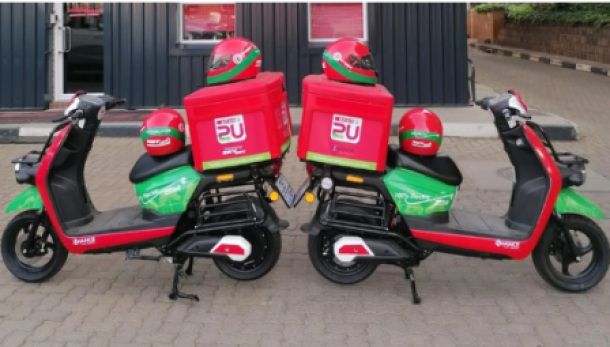
Two local businesses see a gap as food and groc...
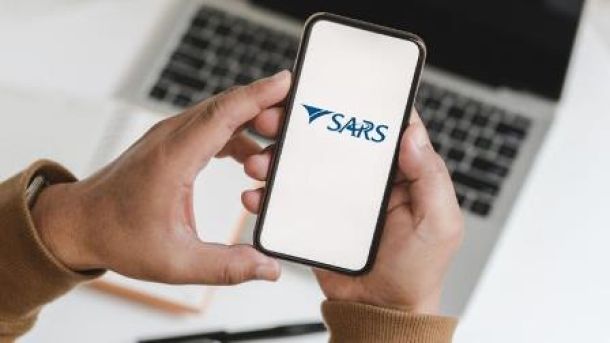
SARS launches WhatsApp channel to help check ta...
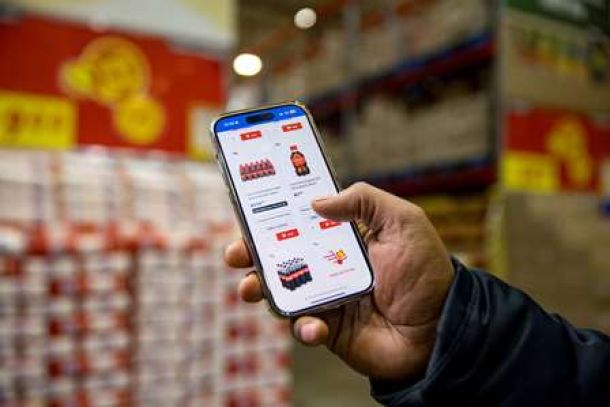
Shoprite launches online shopping and bulk deli...
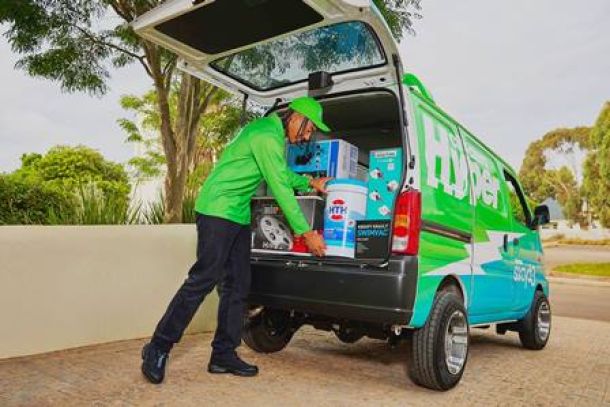
Sixty60 promises lightning-fast delivery of 10 ...
